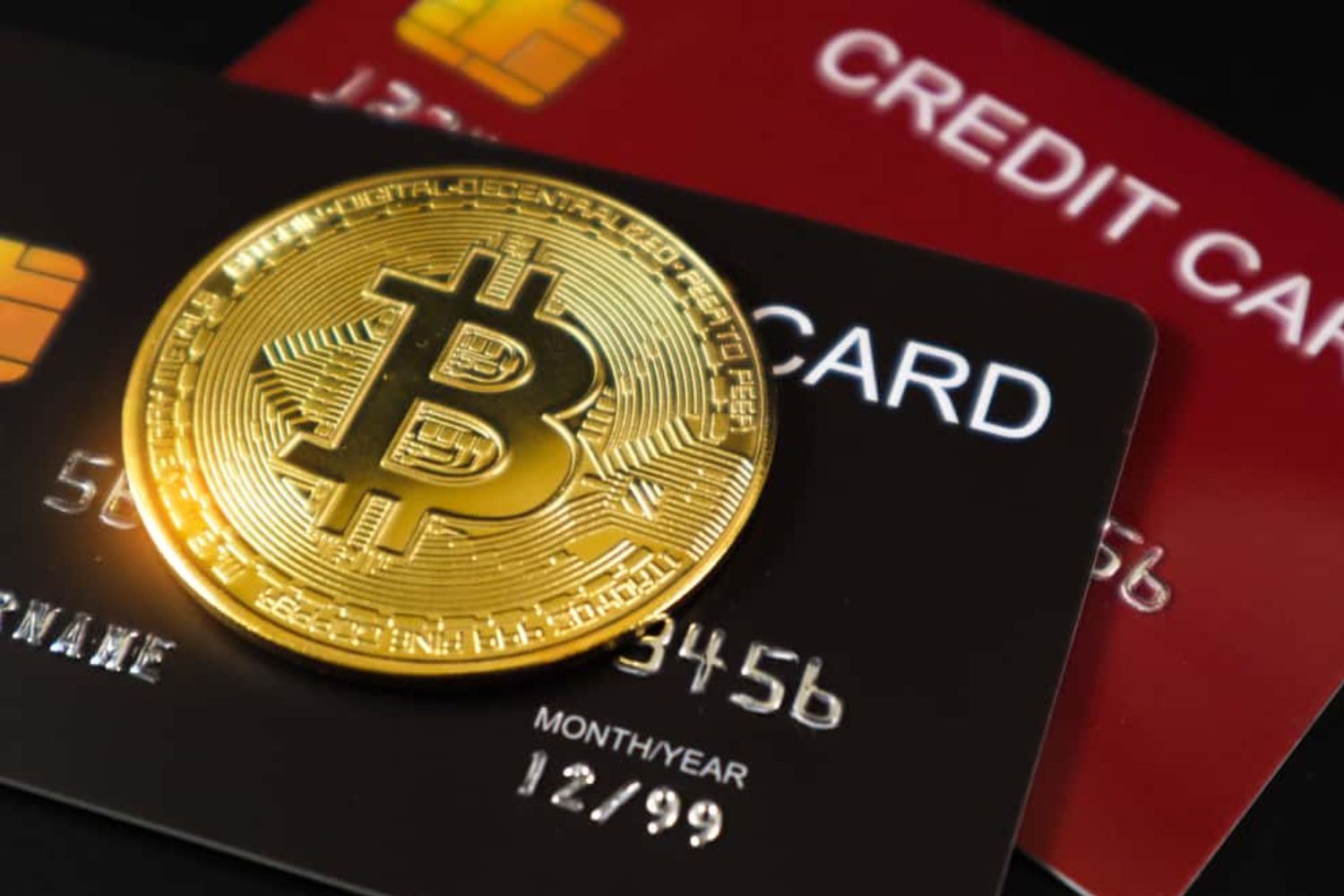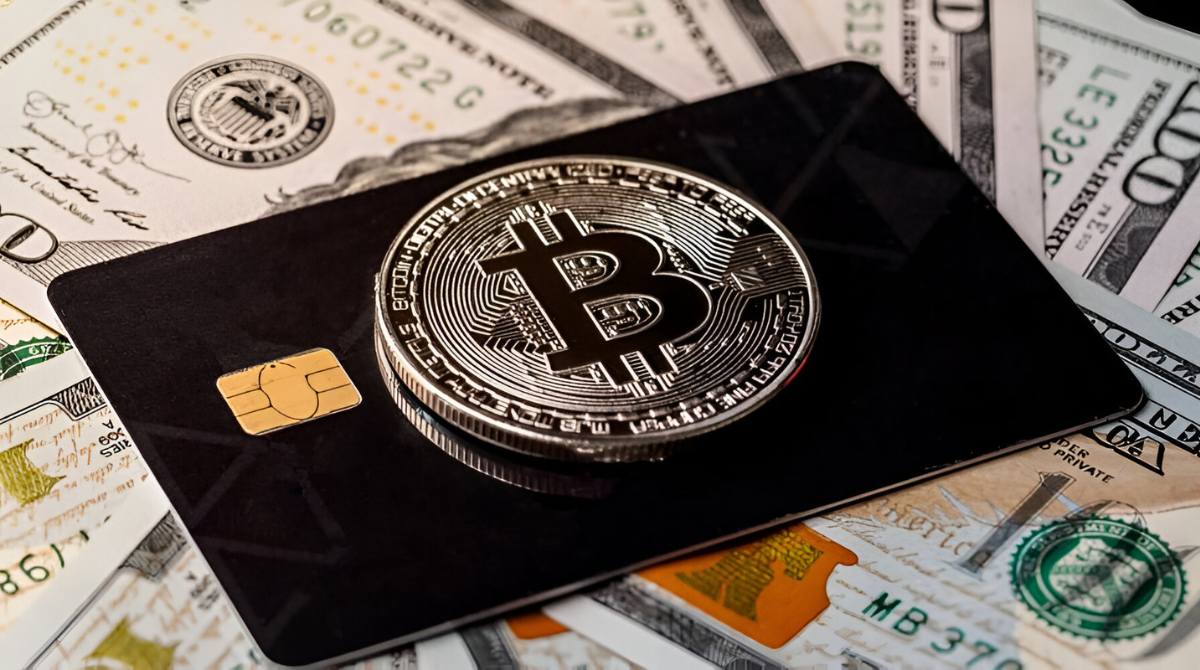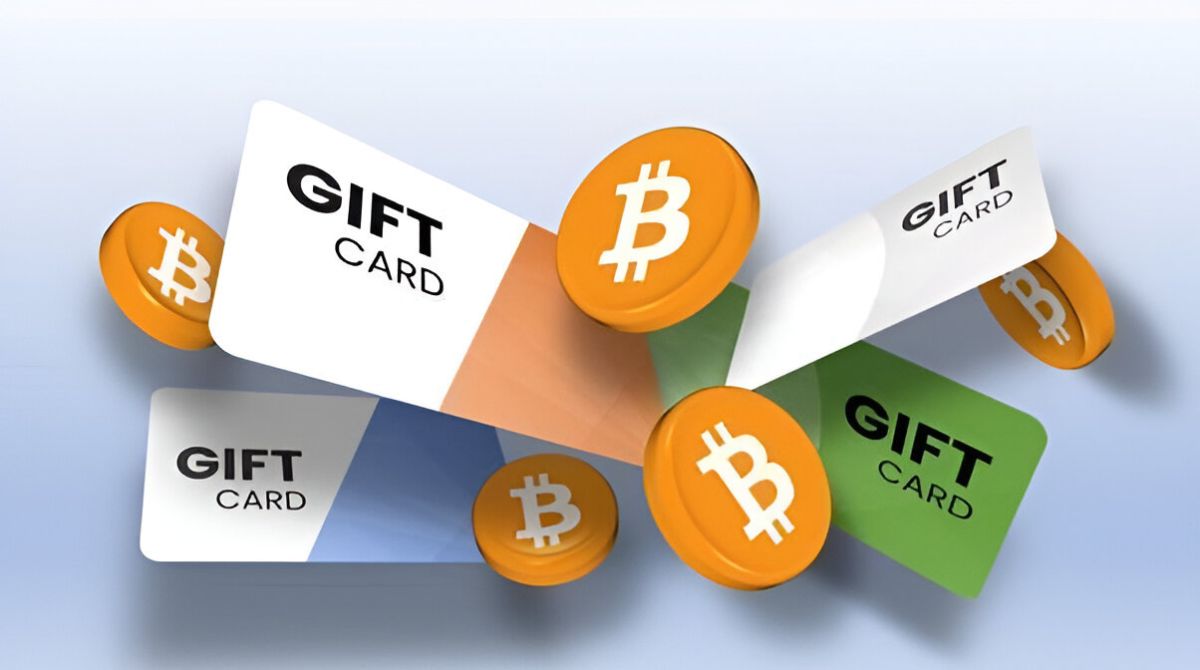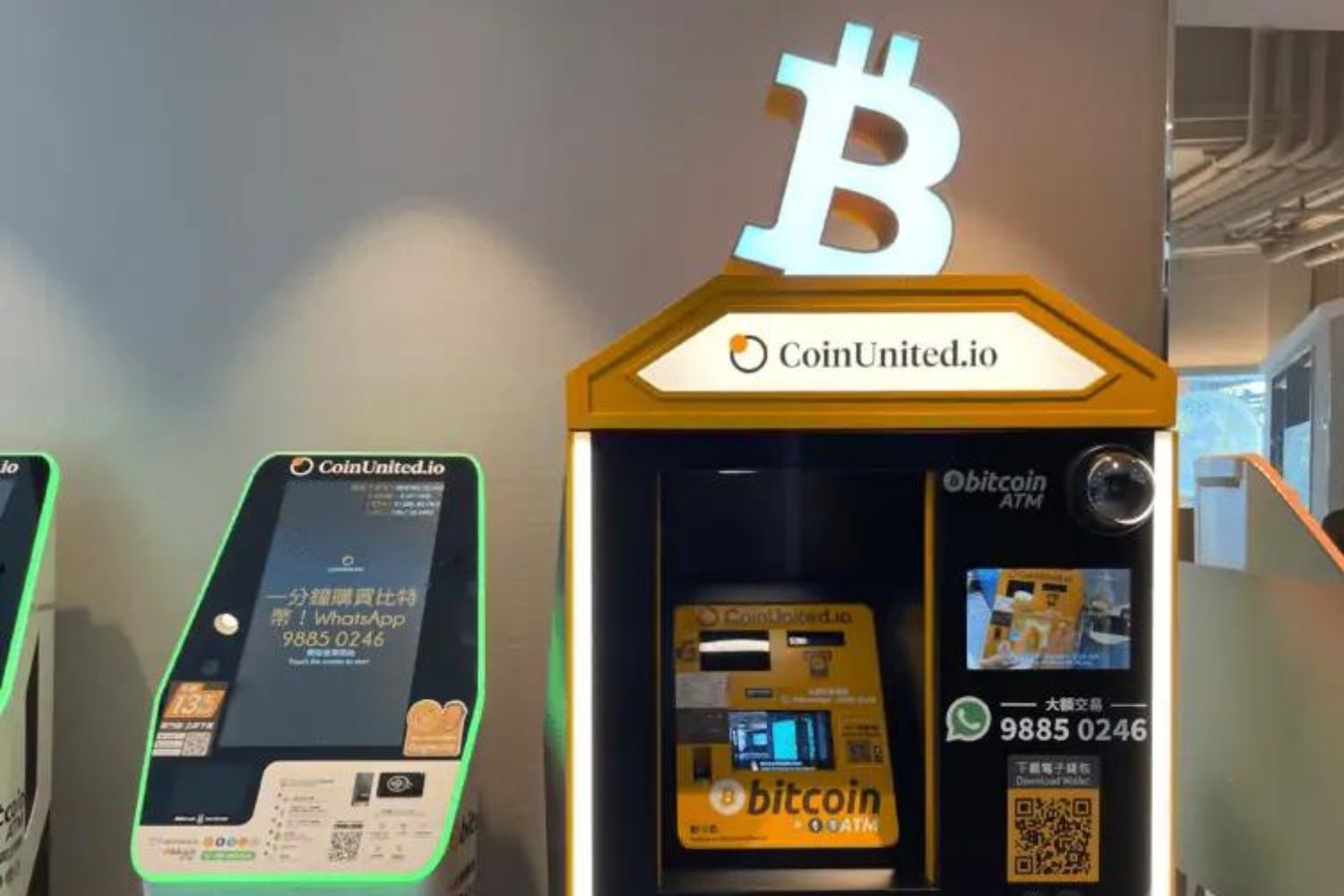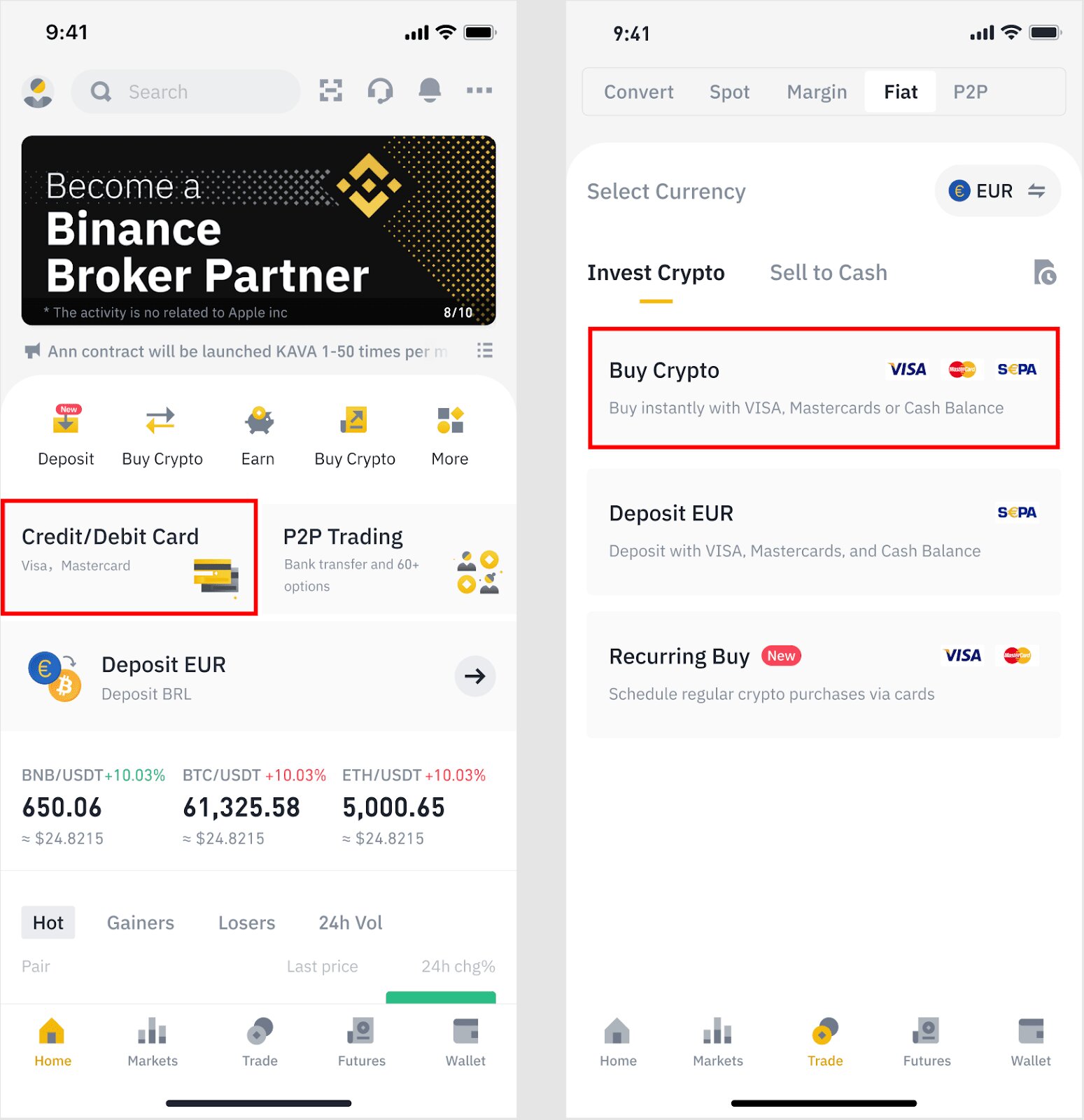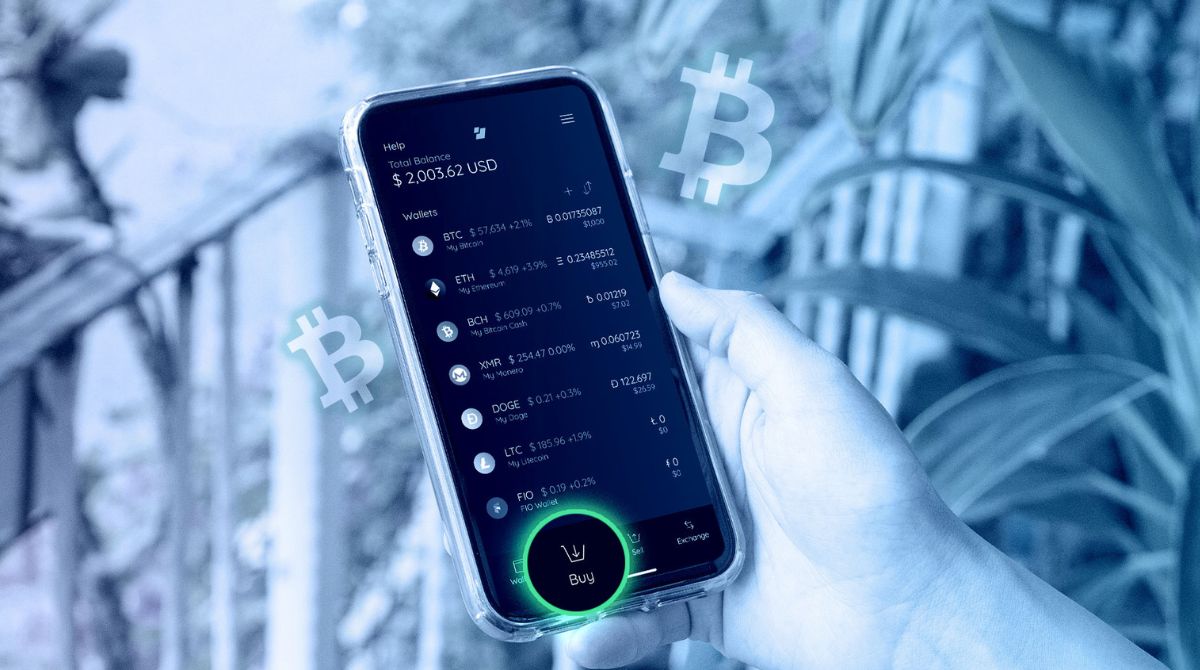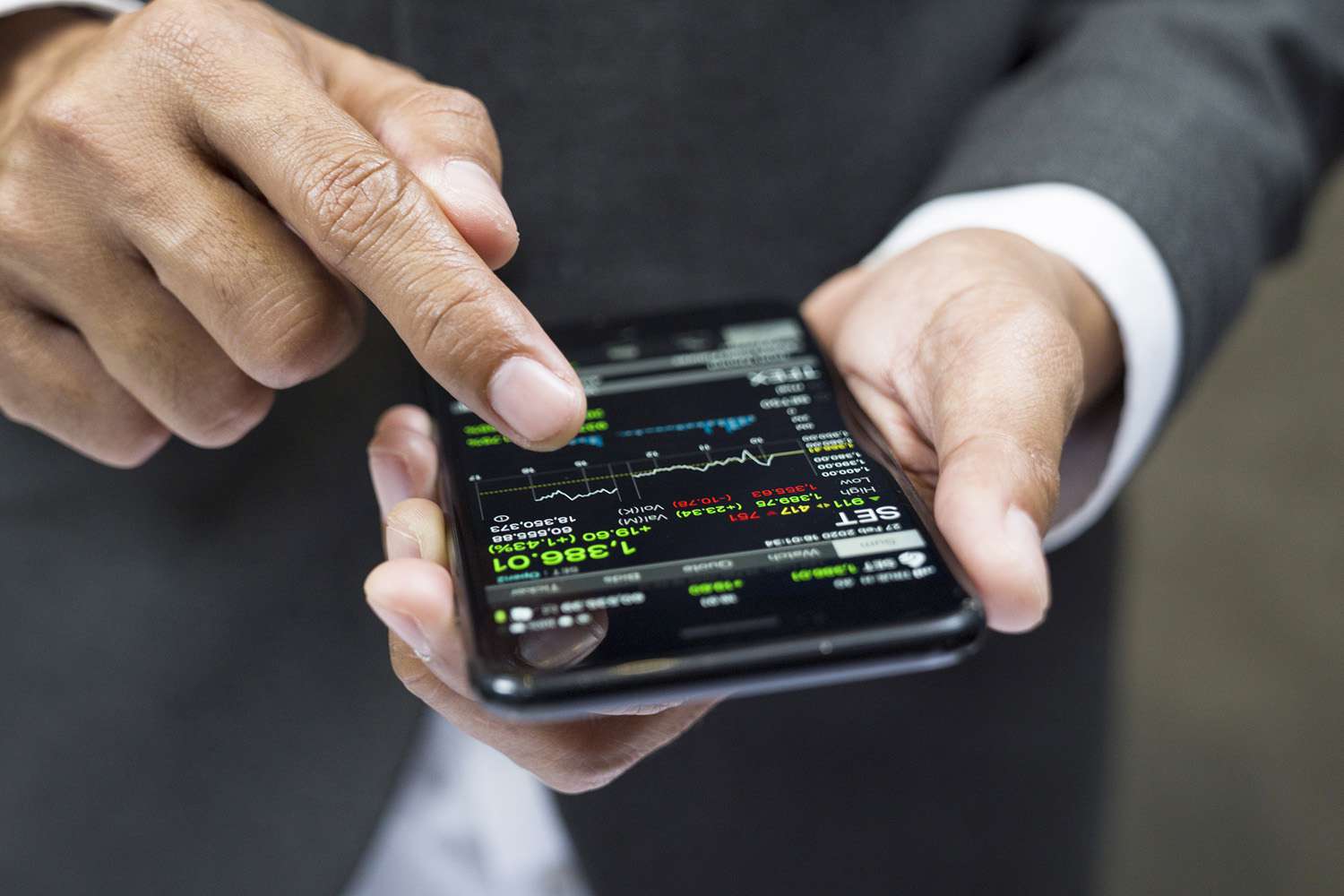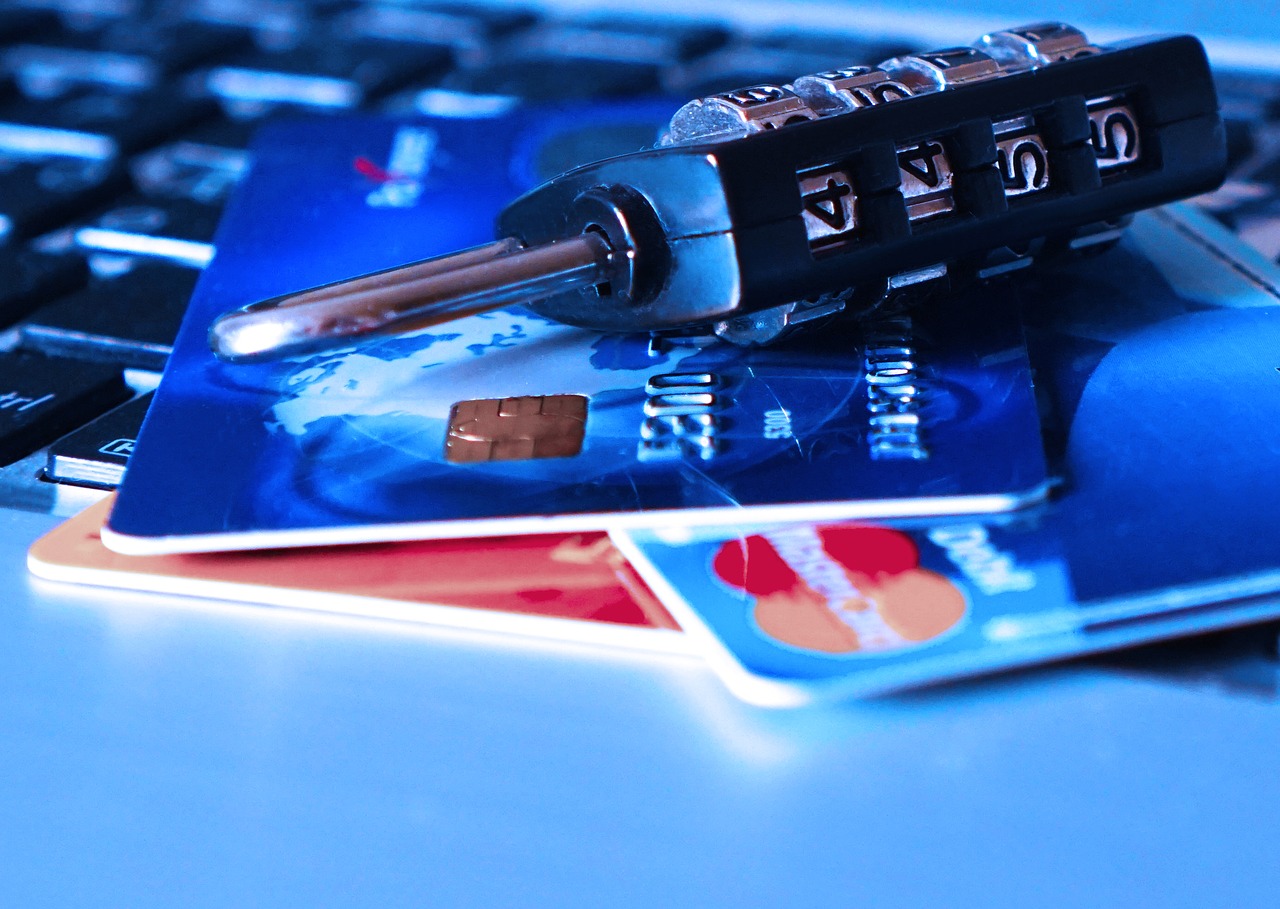Introduction
Welcome to the fascinating world of cryptocurrencies! If you’ve been curious about Bitcoin and want to learn how to buy it using your credit card, you’ve come to the right place. Bitcoin, the most well-known cryptocurrency, has gained significant popularity in recent years, attracting investors, tech enthusiasts, and everyday users alike.
Buying Bitcoin with a credit card is a convenient and straightforward method for acquiring this digital currency. It allows you to convert your fiat currency, such as dollars or euros, into Bitcoin instantly, opening up possibilities for investment, online transactions, and more.
This guide will take you through the step-by-step process of buying Bitcoin with a credit card. We’ll help you understand the basics of Bitcoin and credit cards, find a reliable exchange platform, set up a wallet to store your Bitcoin securely, and navigate the verification and linking processes. By the end of this guide, you’ll be armed with the knowledge and tools to confidently purchase Bitcoin with your credit card.
Before we dive into the details, it’s essential to understand that while the process may be relatively simple, it’s crucial to exercise caution and ensure you’re dealing with reputable platforms. Cryptocurrency investments come with risks, and it’s important to do your due diligence to protect your funds and personal information.
Now, let’s embark on this exciting journey and explore the world of Bitcoin and credit cards!
Understanding Bitcoin and Credit Cards
Before you dive into buying Bitcoin with a credit card, it’s essential to have a basic understanding of Bitcoin and how credit cards function in the cryptocurrency world.
Bitcoin is a decentralized digital currency that was introduced in 2009 by an anonymous person or group known as Satoshi Nakamoto. It operates on a peer-to-peer network, which means that transactions can be made directly between users without the need for intermediaries like banks. Bitcoin relies on blockchain technology, a distributed ledger that records all transactions and ensures their transparency and security.
Credit cards, on the other hand, are a widely accepted form of payment in the traditional financial system. They allow users to make purchases and borrow money from the card issuer, with the promise of repaying the borrowed amount along with any additional charges.
When it comes to buying Bitcoin with a credit card, you can think of it as a way to use your existing credit limit to invest in this digital currency. It provides a convenient option for purchasing Bitcoin, especially for those who don’t have readily available funds or prefer not to use traditional banking channels.
It’s important to note that buying Bitcoin with a credit card may incur additional fees, such as transaction fees and credit card processing fees. These fees can vary depending on the exchange platform and the credit card provider you use. Therefore, it’s advisable to compare different platforms and their associated fees before making a decision.
Additionally, it’s crucial to understand that the value of Bitcoin can be highly volatile. Its price can fluctuate rapidly, making it important for buyers to be aware of the risks and be prepared for potential price changes. It’s always a good idea to keep yourself informed about the latest news and trends in the cryptocurrency market if you decide to invest in Bitcoin.
Now that you have a basic understanding of Bitcoin and how credit cards work in the context of cryptocurrency, let’s proceed to the next section, where we’ll explore how to find a reliable exchange platform to buy Bitcoin with your credit card.
Finding a Reliable Exchange
When it comes to buying Bitcoin with a credit card, it’s crucial to choose a reliable and reputable exchange. With numerous platforms available, it can be overwhelming to select the right one for your needs. Here are some key factors to consider when finding a reliable exchange:
1. Security:
Prioritize security when selecting an exchange. Look for platforms that implement robust security measures, such as two-factor authentication (2FA), encryption, and cold storage for funds. A trustworthy exchange will prioritize the safety of your personal information and funds.
2. Reputation:
Research the reputation of the exchange before making a decision. Check online reviews, forums, and social media platforms to gauge the experiences of other users. Look for exchanges that have been operating for a significant amount of time and have a positive track record.
3. User-friendly interface:
A user-friendly interface is essential, especially if you are new to buying Bitcoin. Look for exchanges that provide a smooth and intuitive user experience, making it easy for you to navigate the platform and complete your transactions.
4. Liquidity:
Liquidity refers to the availability of buyers and sellers on the exchange. A highly liquid exchange ensures that you can buy or sell Bitcoin quickly and at a fair market price. Opt for exchanges with high trading volumes to ensure liquidity.
5. Supported countries:
Check if the exchange operates in your country or region. Some exchanges have restrictions on certain countries due to regulatory or legal reasons. Ensure that the exchange you choose allows users from your location to trade with them.
6. Customer support:
Customer support is vital when dealing with any financial platform. Look for exchanges that offer prompt and reliable customer support through various channels, such as live chat, email, or phone. This will ensure that you can seek assistance if you encounter any issues during the buying process.
By considering these factors, you can narrow down your options and choose a reliable exchange to buy Bitcoin with your credit card. In the next section, we’ll explore the steps involved in setting up a wallet to store your Bitcoin securely.
Setting up a Wallet
Before you proceed with buying Bitcoin using your credit card, you’ll need to set up a wallet to store your digital assets securely. A wallet is essentially a digital storage solution that allows you to securely store, send, and receive your Bitcoin.
There are different types of wallets available, each with its own unique features and levels of security. Here are the main types of wallets:
1. Software Wallets:
Software wallets are applications that you can install on your computer, smartphone, or tablet. These wallets offer convenience and accessibility. Make sure to choose a reputable software wallet from a trusted provider and ensure that you keep your wallet software up to date to benefit from the latest security enhancements.
2. Hardware Wallets:
Hardware wallets are physical devices that are designed specifically for storing cryptocurrencies securely. These devices employ advanced encryption and multiple layers of security to safeguard your Bitcoin. Hardware wallets offer an offline storage solution, also known as cold storage, which helps protect your funds from online threats. Look for well-known hardware wallet brands with a proven track record.
3. Online Wallets:
Online wallets, also known as web wallets, are wallets that are hosted on a third-party website or platform. While online wallets offer convenience and easy accessibility from any device with an internet connection, they come with a higher risk of being targeted by hackers. It’s important to choose a reputable online wallet provider that prioritizes security and implements strong measures to protect your funds, such as two-factor authentication and encryption.
Whatever wallet option you choose, it’s essential to follow good security practices to protect your funds. Make sure to enable strong authentication methods, such as two-factor authentication, and regularly update your wallet software or firmware to benefit from the latest security features.
Once you have selected a wallet type, follow the instructions provided by the wallet provider to set up your wallet. This typically involves creating a unique wallet address, which you can share with others when receiving Bitcoin, and securely storing your wallet’s private keys. Remember to keep your private keys confidential and have a backup plan in place to ensure you can recover your funds if you lose access to your wallet.
Now that you have a wallet set up, it’s time to proceed to the next section, where we’ll discuss the process of verifying your identity on the exchange.
Verifying your Identity
When buying Bitcoin with a credit card on most reputable exchanges, you will likely need to verify your identity before you can make a purchase. This verification process is in place to comply with anti-money laundering (AML) and know-your-customer (KYC) regulations.
Here are the typical steps involved in verifying your identity:
1. Personal Information:
Provide your personal information, including your full name, date of birth, and residential address. Ensure that you input accurate information as any discrepancies may affect the verification process.
2. Identity Verification:
Upload a scanned copy or a clear photo of your government-issued identification document, such as a passport or driver’s license. The document should be valid and not expired.
3. Selfie or Photo Verification:
Some exchanges may require you to take a selfie or submit a recent photograph of yourself, holding your identification document. This is to verify that the document belongs to you.
4. Proof of Address:
In order to validate your residential address, you may need to provide a proof of address document such as a utility bill or bank statement. Make sure the document is recent and clearly displays your full name and address.
Once you have gathered the necessary documents and information, follow the instructions provided by the exchange platform to submit your identification documents securely. The verification process can take varying amounts of time, ranging from a few minutes to a few days, depending on the platform and the volume of requests they receive.
It’s important to note that the verification process is put in place to ensure the security and legitimacy of transactions. By completing the identity verification process, you are contributing to maintaining a secure and compliant ecosystem within the cryptocurrency space.
Once your identity is verified, you can proceed to the next step, where we’ll cover the process of linking your credit card to your exchange account.
Linking your Credit Card
After successfully verifying your identity on the exchange, you can proceed to link your credit card to your account. Linking your credit card will allow you to make purchases of Bitcoin using your available credit limit. Here’s how to do it:
1. Navigate to Payment Options:
Login to your exchange account and go to the payment or account settings section, where you can manage your payment options.
2. Add Credit Card Details:
Select the option to add a new payment method and choose “credit card.” Provide the necessary details, including the card number, expiration date, and CVV code. Ensure that you double-check the accuracy of the information to avoid any issues during the payment process.
3. Card Verification:
Some exchanges may require you to verify your credit card before you can use it for Bitcoin purchases. Verification can be done by either making a small transaction or by entering a verification code provided by your credit card issuer.
4. Linking your Card:
Once your credit card is verified, you will be able to link it to your exchange account. Follow the instructions provided by the platform to complete the linking process, which may involve confirming your card details again.
5. Review Terms and Conditions:
Before finalizing the linking process, carefully review the terms and conditions related to using a credit card for Bitcoin purchases. Pay attention to any fees, restrictions, or additional requirements that may apply. It’s important to have a clear understanding of the terms to make informed decisions.
By linking your credit card to your exchange account, you gain the ability to buy Bitcoin instantly using your credit limit. However, it’s crucial to note that using a credit card for cryptocurrency purchases may incur higher fees compared to other payment methods. Be sure to consider these fees and evaluate the overall cost before proceeding with your purchase.
Now that your credit card is successfully linked, let’s move on to the next section, where we’ll explore the process of buying Bitcoin with your credit card.
Buying Bitcoin with a Credit Card
With your credit card linked to your exchange account, you’re now ready to buy Bitcoin. Here’s a step-by-step guide on how to purchase Bitcoin using your credit card:
1. Choose the Amount:
Decide how much Bitcoin you want to buy. Consider the current market price, your budget, and any minimum transaction requirements set by the exchange.
2. Select the Credit Card Payment Option:
Navigate to the buy/sell section of the exchange platform and select the option to buy Bitcoin with your linked credit card. Some exchanges may have dedicated buttons or menus for this purpose.
3. Review the Details:
Check the transaction details carefully, including the amount of Bitcoin you’ll receive, the current exchange rate, and any associated fees. Ensure that everything is accurate before proceeding.
4. Confirm the Purchase:
Click the “buy” or “confirm” button to initiate the transaction. Some exchanges may require you to enter your account password or provide additional verification, such as a one-time password (OTP).
5. Payment Processing:
Once you confirm the purchase, the exchange will process the credit card payment. This may take a few moments or a few minutes, depending on the platform and the processing speed of your credit card issuer.
6. Bitcoin Deposited into Your Wallet:
After the payment is successfully processed, the purchased Bitcoin will be deposited into your exchange wallet. From there, you have the option to leave it in your exchange wallet or transfer it to an external wallet for added security.
It’s important to note that the process of buying Bitcoin with a credit card may vary slightly depending on the exchange platform you’re using. Some platforms may have additional features or steps to ensure a smooth and secure transaction. Always follow the instructions provided by the exchange and keep an eye on any notifications or messages that may require your attention.
Remember, investing in Bitcoin and other cryptocurrencies carries inherent risks. Prices can be volatile, and it’s essential to do thorough research and understand the market dynamics before making any investment decisions.
Now that you’ve successfully purchased Bitcoin with your credit card, let’s move on to the next section, where we’ll discuss the importance of securing your Bitcoin.
Securing your Bitcoin
After purchasing Bitcoin with your credit card, it’s crucial to take steps to secure your digital assets. The decentralized and irreversible nature of Bitcoin transactions means that securing your funds is of utmost importance. Here are some essential tips to enhance the security of your Bitcoin:
1. Use a Secure Wallet:
Transfer your Bitcoin from the exchange to a secure wallet. Choose a reputable wallet, such as a hardware wallet or a software wallet with robust security features. Hardware wallets are especially recommended for long-term storage as they provide offline, cold storage options to protect your funds from online threats.
2. Enable Two-Factor Authentication (2FA):
Add an extra layer of security to your wallet or exchange account by enabling 2FA. This requires you to provide a second form of verification, such as a unique code generated by an app on your smartphone, in addition to your password. This helps protect your account from unauthorized access.
3. Keep Your Private Keys Secure:
Your private keys are like the passwords to your Bitcoin. Keep them securely stored offline and away from unauthorized access. Consider using a password manager or physically write them down and store them in a safe place. Never share your private keys with anyone.
4. Keep Your Software Up to Date:
Regularly update your wallet software and any other applications you use to interact with your Bitcoin. Software updates often include important security patches and bug fixes that help protect your funds from vulnerabilities.
5. Beware of Phishing Attacks:
Be cautious of phishing attempts, where attackers try to trick you into revealing your private information or accessing scam websites. Always double-check the URLs of the websites you visit and be cautious when clicking on links or entering your login details.
6. Backup Your Wallet:
Regularly backup your wallet, especially if you’re using a software or online wallet. This ensures that you can restore your wallet and funds in case of any technical failures or loss of access.
7. Educate Yourself:
Stay informed about the latest security practices and best practices in the cryptocurrency world. Keep up with the latest news, security tips, and trends to ensure you stay ahead of potential threats.
By following these security measures, you can greatly enhance the safety and protection of your Bitcoin investment. Remember, it’s your responsibility to take precautions to keep your funds secure.
In the next section, we’ll wrap up this guide and provide a summary of the key points discussed.
Conclusion
Congratulations! You’ve reached the end of this guide on buying Bitcoin with a credit card. We’ve covered the essential steps and considerations to help you navigate this process effectively.
Throughout this guide, we explored the basics of Bitcoin and credit cards, emphasizing the importance of choosing a reliable exchange to ensure the security of your transactions. We discussed setting up a wallet to safely store your Bitcoin and the significance of verifying your identity on the exchange.
We also delved into the process of linking your credit card to your exchange account and provided a step-by-step guide on how to purchase Bitcoin using your credit card. It’s important to note the potential fees associated with credit card transactions and the volatility of Bitcoin’s price.
Additionally, we highlighted the importance of securing your Bitcoin, emphasizing the use of secure wallets, enabling two-factor authentication (2FA), and keeping your private keys safe. We discussed the risks associated with phishing attacks and the need to stay updated on security practices.
Now that you have a solid understanding of how to buy Bitcoin with a credit card, it’s time to embark on your cryptocurrency journey. Remember to always exercise caution and do thorough research before making any investment decisions.
As the cryptocurrency landscape evolves, it’s important to stay updated with the latest developments and security measures. Continuously educate yourself and stay informed about market trends, new regulations, and best practices to ensure a safe and successful journey in the world of Bitcoin.
Thank you for joining us on this guide, and we wish you the best of luck in your Bitcoin endeavors!







